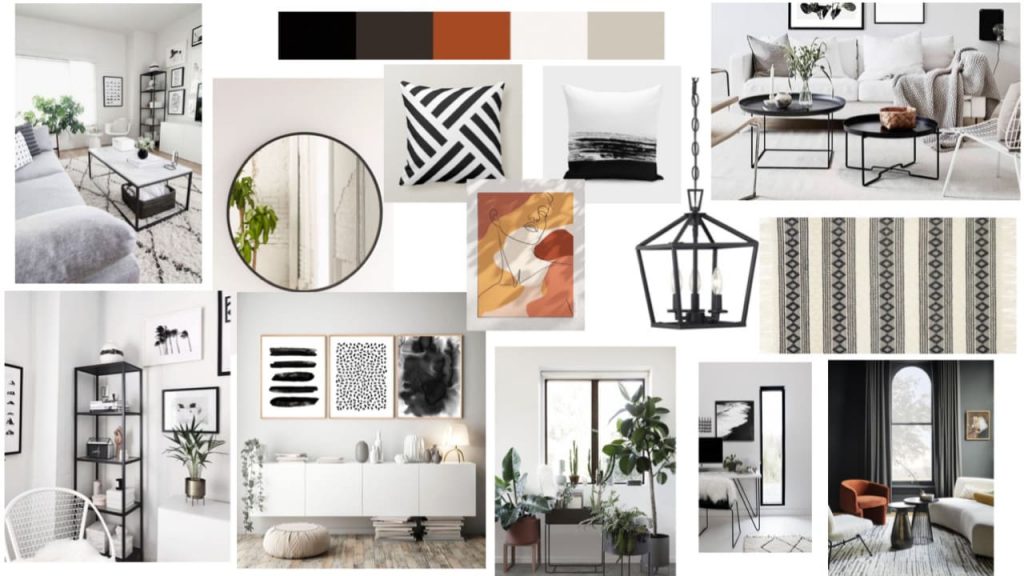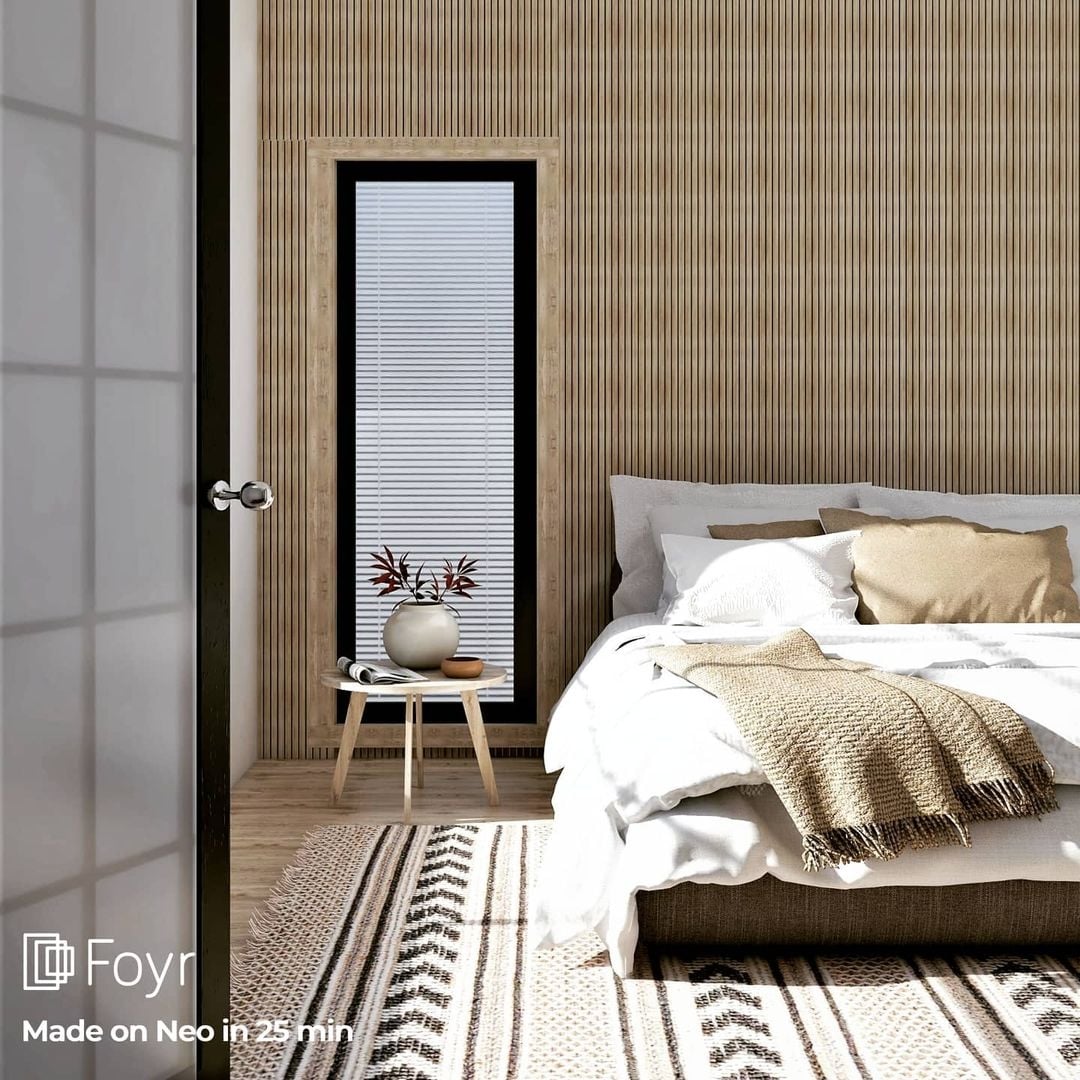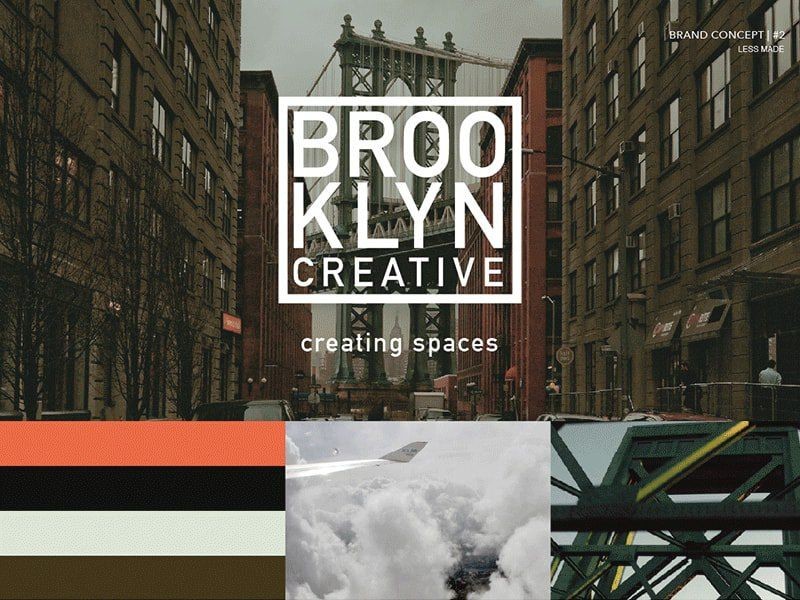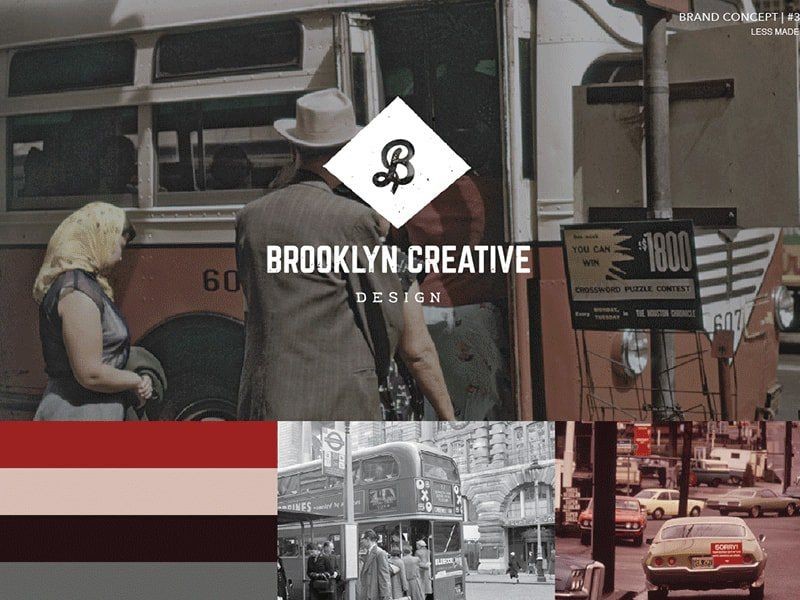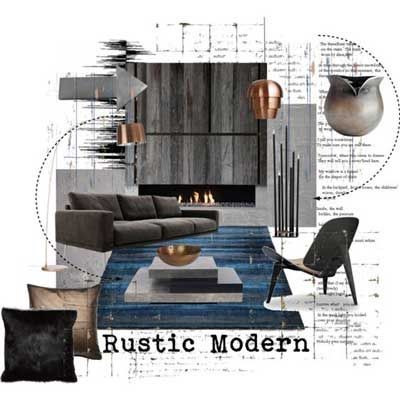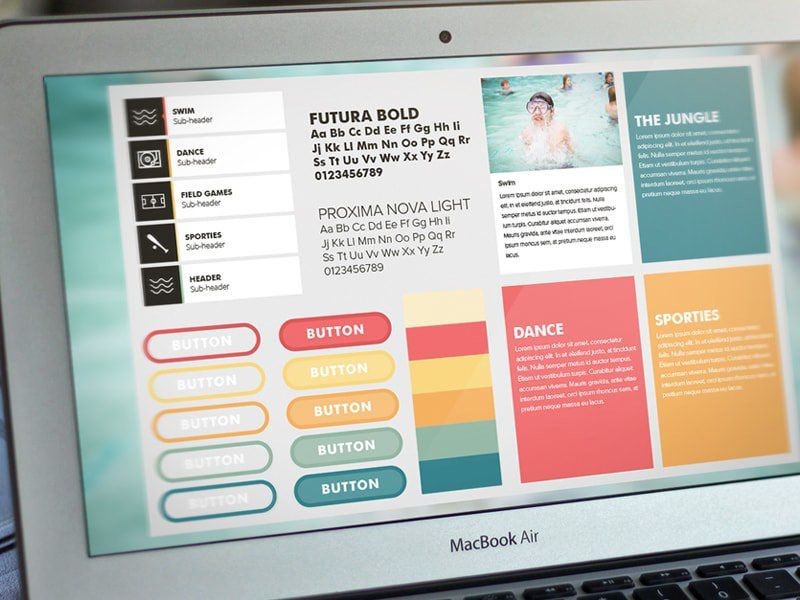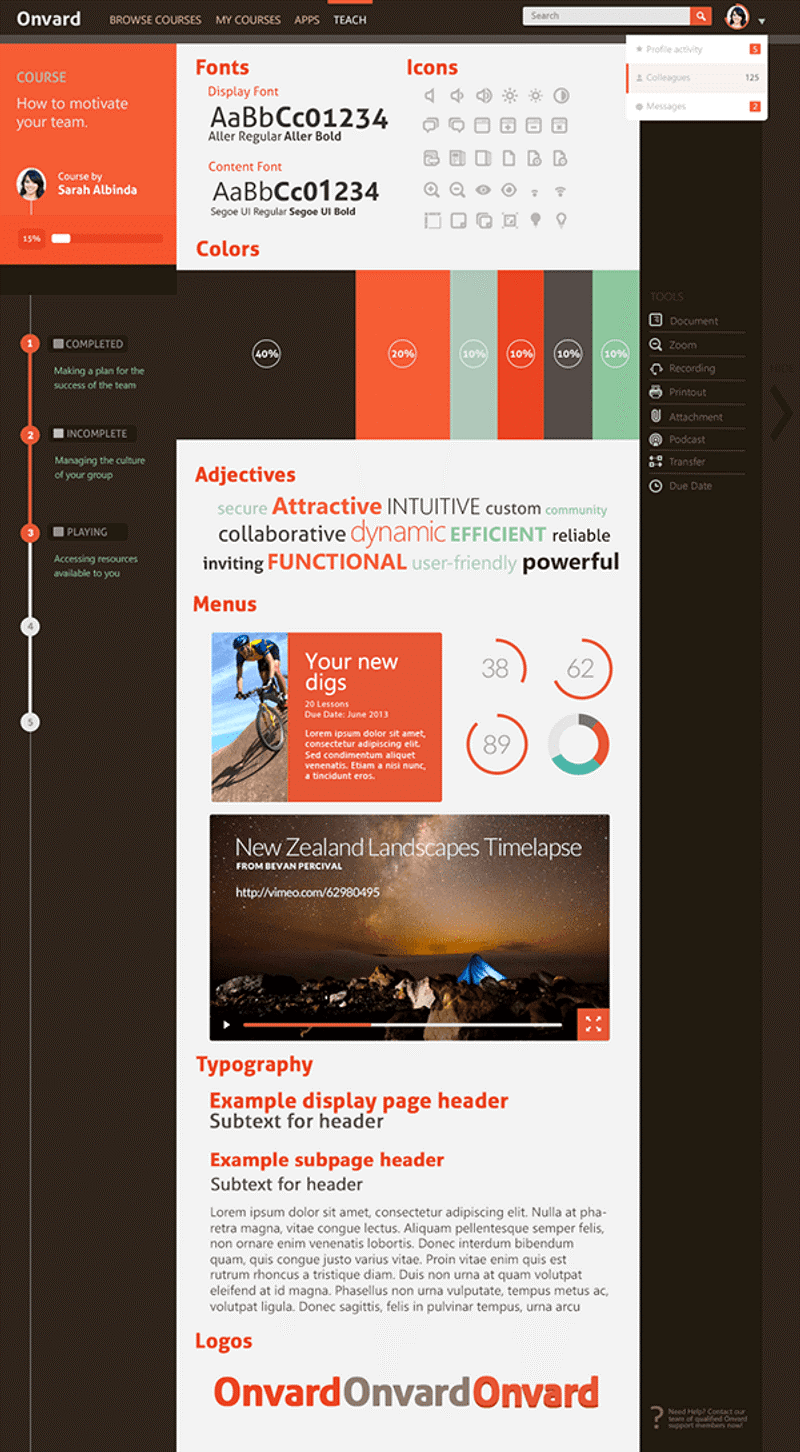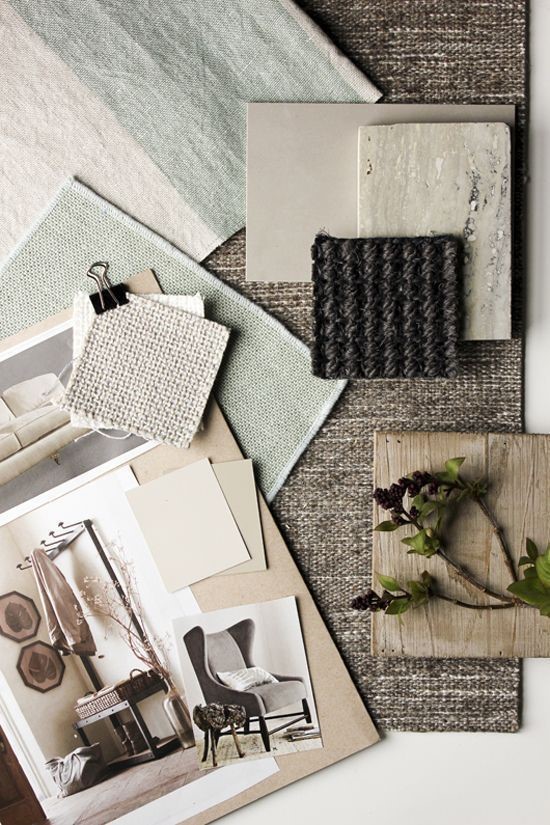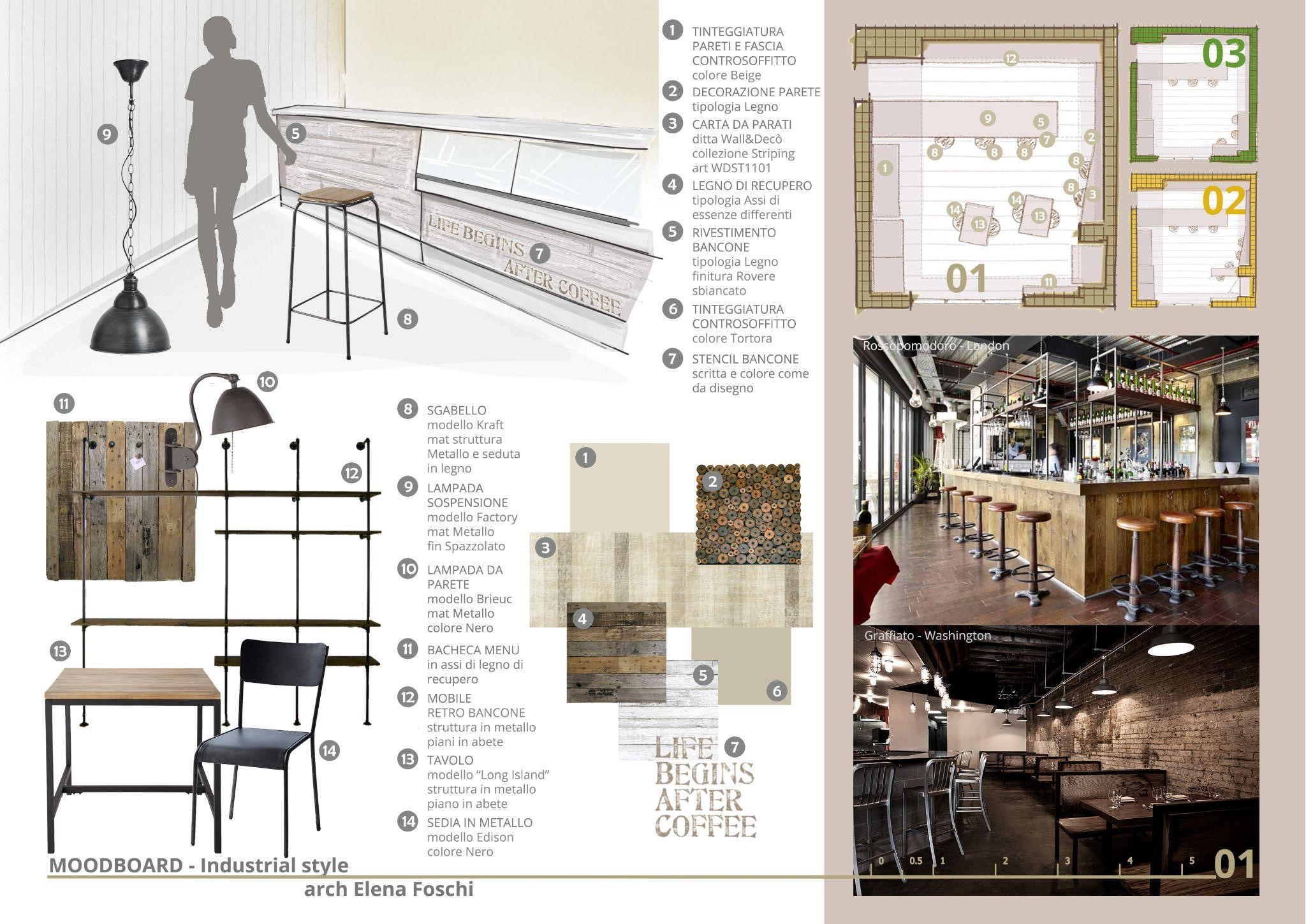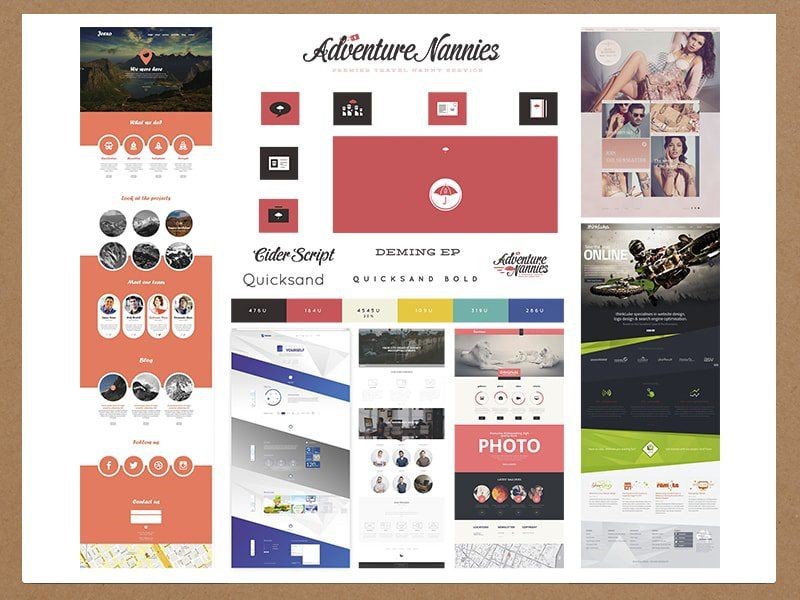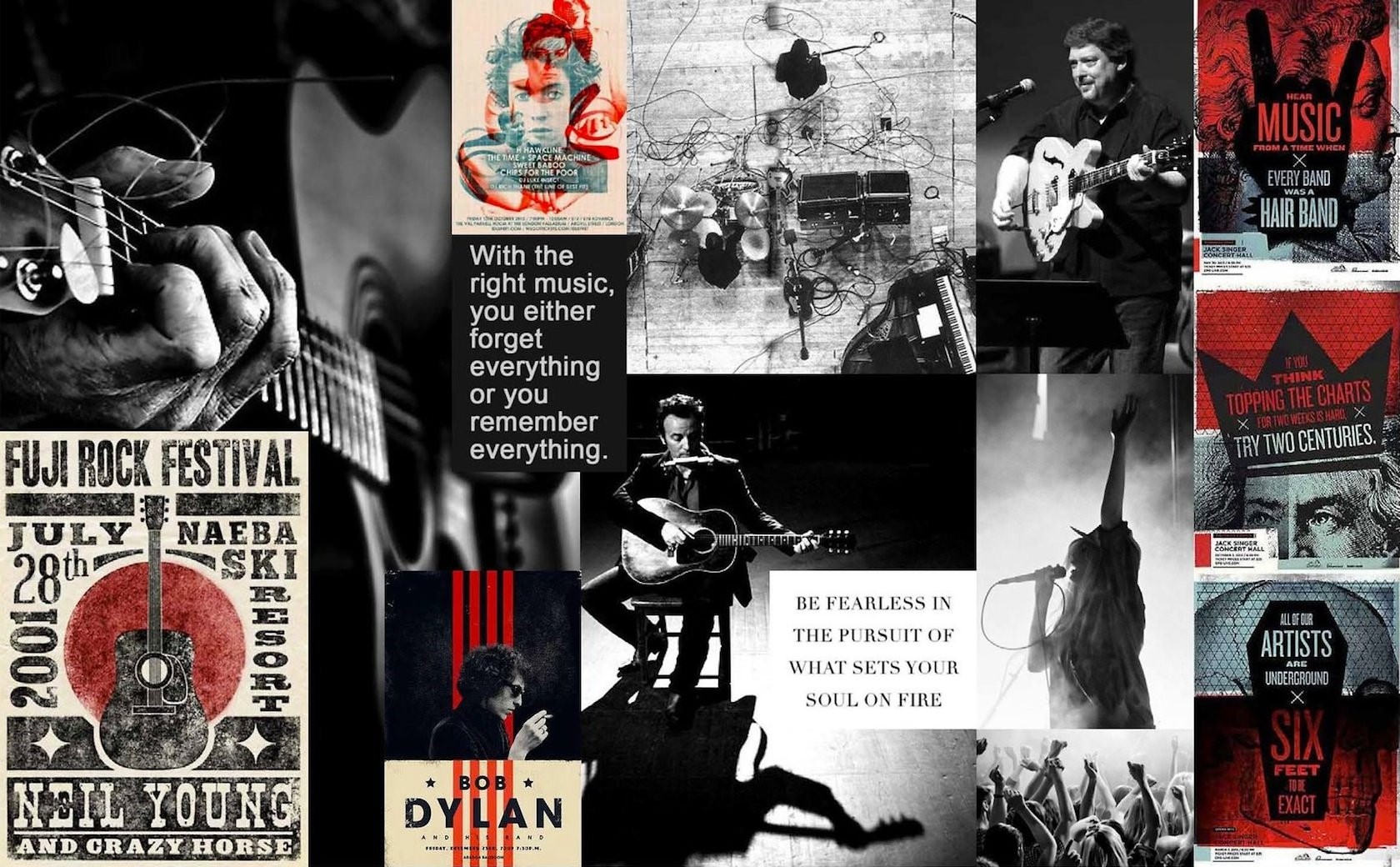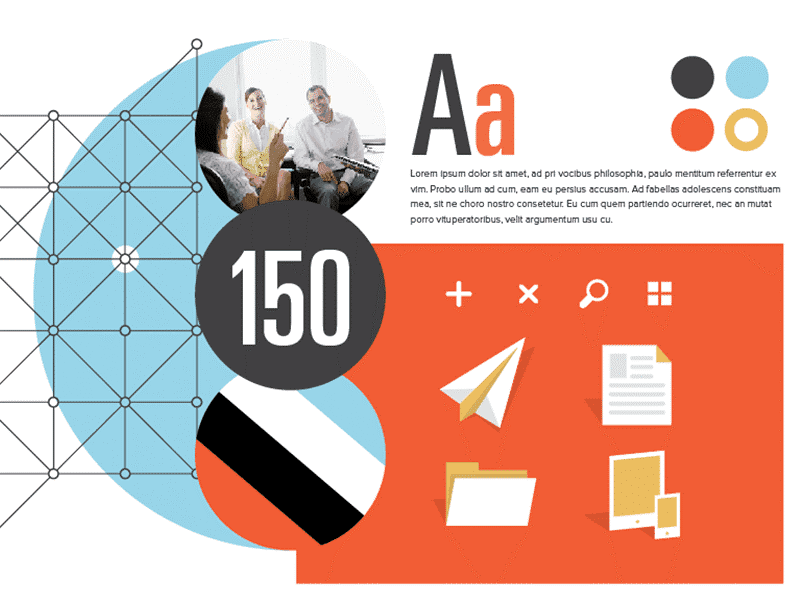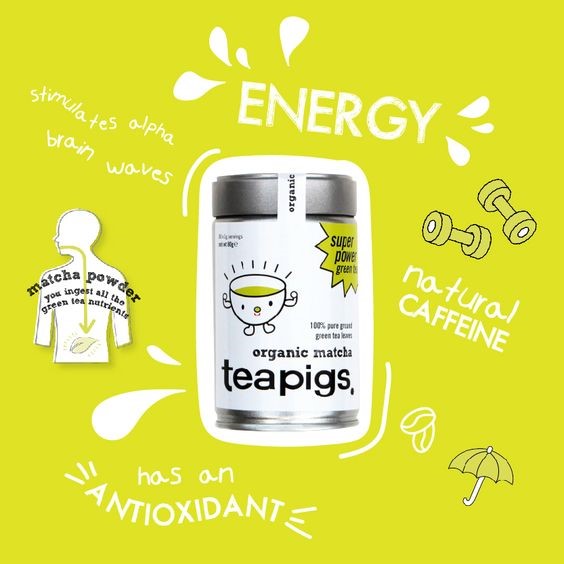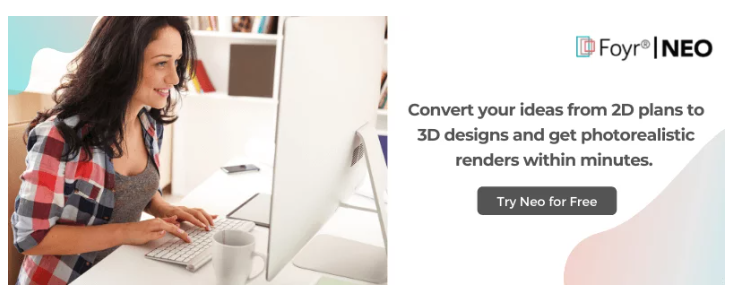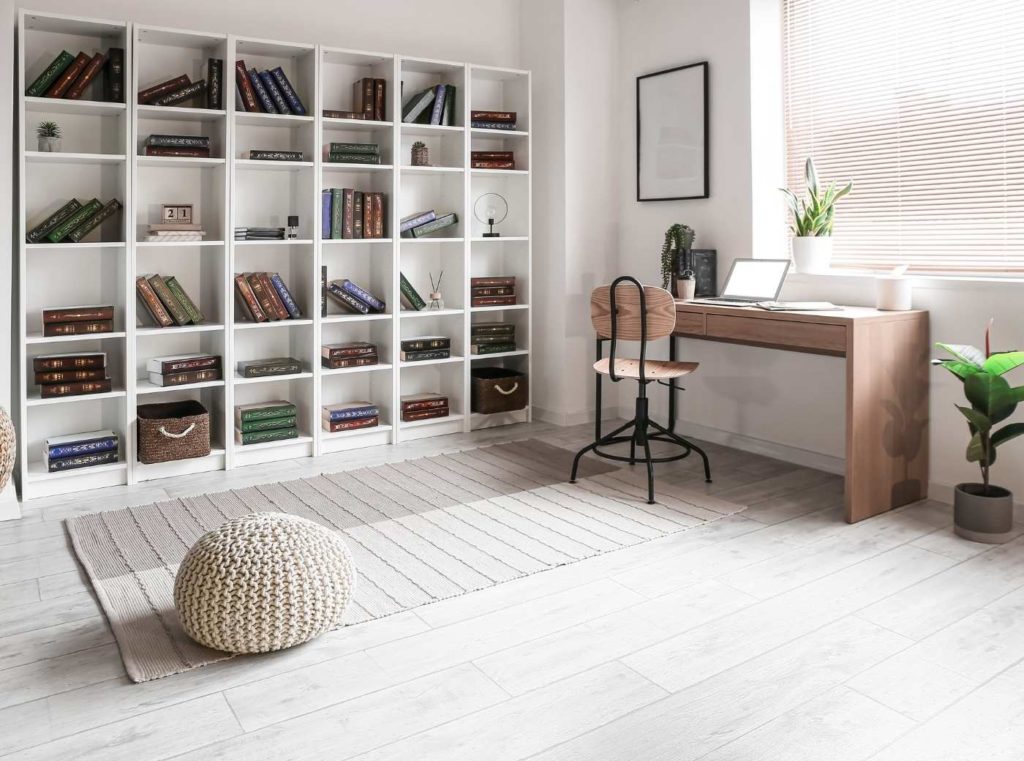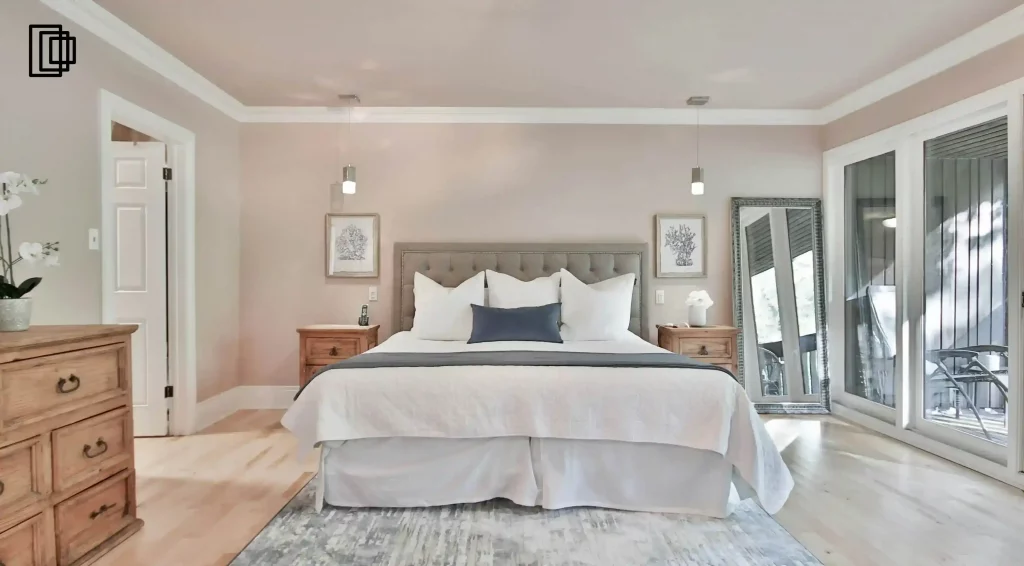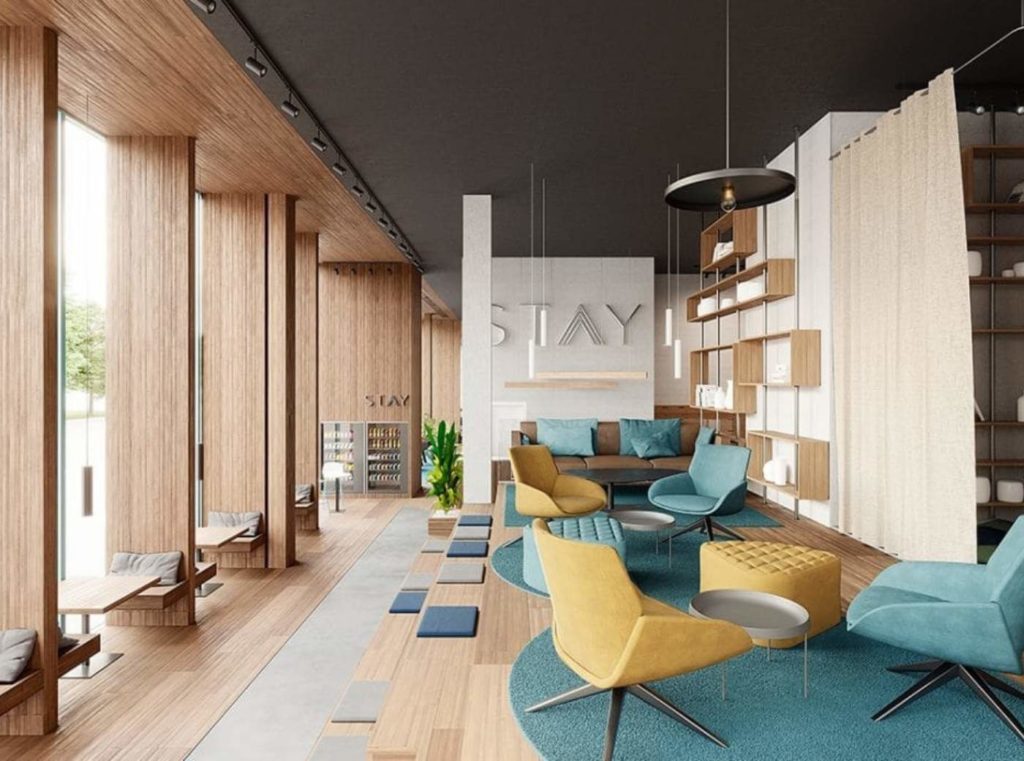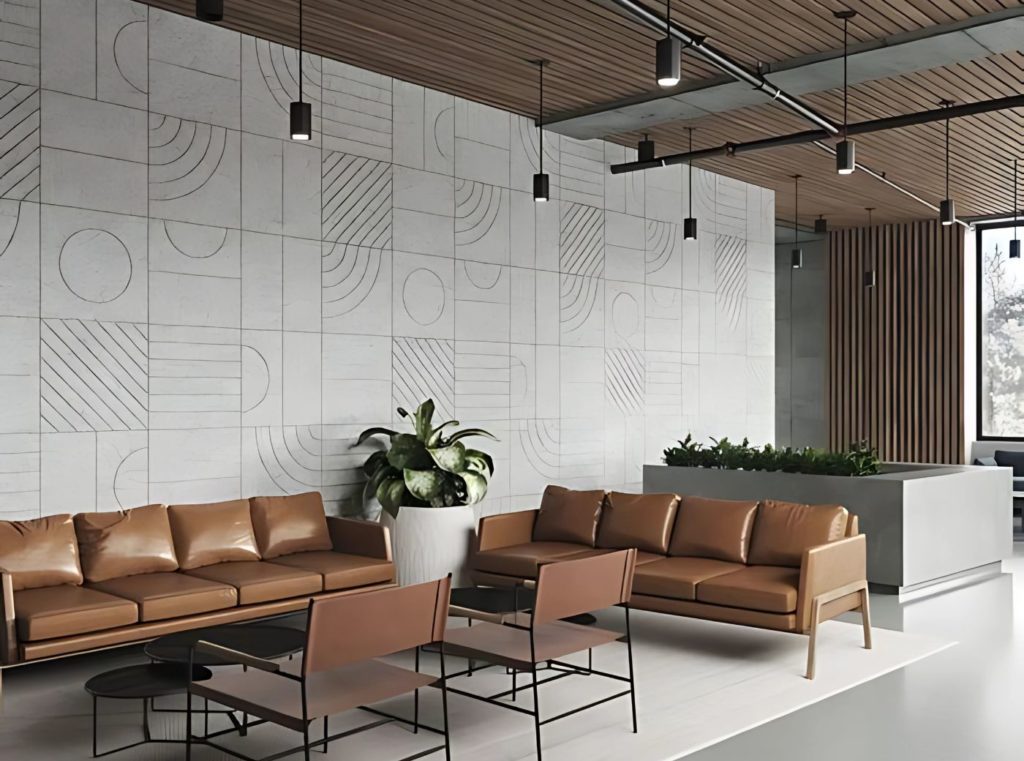What is an Interior Design Mood board?
Interior design mood boards are not like your ideal whiteboards or sample boards. It is a creative canvas where you can ideate your designs, patterns, and even content. It is also known as an Inspiration board. They are not just great for brainstorming ideas but also to showcase creative depth.
So, if you are wondering how to present a massive stack of content for a busy stakeholder or have a centralized board for your design elements, then mood boards are the best option. It’s a collage of all your creative thoughts that helps you transit from ideation to the first draft.
| Nick Lewis, a renowned interior designer and Instagram influencer says, “A mood board is an inspirational document that’s visual, to provide lifestyle images. |
Many believe that mood boards are only for designers or content creators, but every person in the creative field can use them. According to research, mood boards are an in-discipline and design rationale approach that brings together heterogeneous objects to establish a cluster of possible relations.
Mood boards are essential to your design strategy. For interior designers, it offers a great deal of clarity on the design front. If you are wondering why you need a mood board, here are some reasons.
Read also – 10 Best Mood Board Software and Apps
Why Are Mood Boards Important in Interior Design?
An interior designer can leverage mood boards to showcase different elements of design to clients. It includes various aspects like style, mood, textures, pieces of furniture, fixings, accessories, etc. These mood boards are essential for conveying the importance of mood boards in providing clients with a visual representation and cohesive understanding of the proposed design.
The journey towards a complete design draft for any interior designer begins with a concept board. Let’s take an example of an interior design project for a house that will accommodate two young children and two adults.
If the clients want a Nordic theme for their interiors and have never experienced it first hand, then a mood board can offer them insight. A concept board is the starting point with an inspiration of scattered ideas that you can bring together through the mood board and allow clients to visualize.
A mood board offers:
- Enhanced visualization
- Complete design detail
- Presentation of each element
- Establishes a relative connection between design elements
| Cara Newhart, Interior designer & Influencer Marketer says, “A mood board is a visual representation of the artistic and creative process that’s running in your head. Make time to create a mood board, and it’ll change your outlook on design. “ |
You can either create a digital mood board or a physical one. However, creating a digital mood board is easy and takes less time. It also reduces the need for physical props to represent design elements for your mood board. Here, we have discussed some of the best software and pro tips to create amazing mood boards. Additionally, we believe in specific techniques for living room mood board design.
3 Best Software to Create Mood Boards for Interior Design
Creating a digital mood board using a mood board creator can be incredible for interior designers. Interior designers and professionals leverage various software to create visual layouts that help visualize the space.
| Dami Lee, an architect from Vancouver, BC says, “Sometimes architects and designers drill down on the functional aspects of a space, and skip the step altogether, making spaces feel cold and impersonal. Mood boards help you narrow down on the materials and color palettes, and in learning a lot about your clients.” |
The following tools help you accomplish just that.
1. Foyr Neo
Foyr Neo is the one-stop solution for all your digital interior designing needs. It allows interior designers to plan, design, and render creatives within minutes. The best part about Foyr Neo is its web interface which provides interior designers all the necessary functions related to creating digital mood boards. You can also install the software for ease if you wish to.
Foyr Neo is a powerful tool that offers rendering of images in 4K quality, making it an excellent option for professionals to execute client presentations. Furthermore, it has a user-friendly interface making the transit from conventional interior designing tools to advanced software much smoother. In addition, several intuitive tools make designing easier to learn, even for beginners.
It enables interior designers with functions to create, design, and render 3D spaces. So, you don’t need to invest in different software for individual tools that offer either designing or rendering.
Further, it offers a massive catalog of more than 50,000 render-ready and pre-modeled designs. Apart from ready-to-use templates and designs, you get real-time data for different creative projects.
Visualizing any interior design with this software is possible with its ability to create a 360-degree virtual tour of your designs. The premium plans start from $49 per month, but you shouldn’t miss out on the 14-day trial we offer.
Read also – 5 AI-Powered Interior Design Software Tools
2. Autodesk AutoCAD LT
AutoCAD LT is one of the most popular software for interior designers, architects, and engineers. It allows interior designers to draft designs and document accurate 2D drawings. In addition, there is an entire suite of tools and features to edit, annotate, or create sketches. The user interface of Autodesk AutoCAD LT is intuitive, and it also does not require any installation as you can use it through the browser.
AutoCAD LT is a high-performance tool that offers cloud functionality and is compatible with major operating systems like macOS or Windows. It lets you create and edit drawings offline through the app on a smartphone or tablet.
It charges around $200 per month for the premium account. You can use the free version, but it offers limited functions.
3. SketchUp
SketchUp is a modeling suite for interior designers that can easily create 3D models for conventional architecture with modern furnishings. You can create detailed drawings in 2D and convert them to 3D models. Customization of the models is accessible through the addition of different layers and styles.
SketchUp allows interior designers to generate creative representations of design elements by integrating several virtual reality apps like Microsoft HoloLens, HTC Vive, and Oculus. The mood design maker will enable your client to visualize every detail of the design. SketchUp offers a desktop software application, web interface, and even unlimited cloud storage. So, you can design, store, and collaborate with other teams in real-time.
Designing professionals can analyze not just the interiors but also energy usage of buildings, ventilation, daylighting, etc. It offers a web-based version for the designers, which is free but limited in functionality. However, you can sign up for a premium plan at $100 per month.
How to Make a Mood Board for Interior Design?
How you create mood boards determine the quality of your design. Here are a few steps to creating the mood board you want.
Step 1
Take an actual photo of the space, after clearing out everything that you won’t be carrying forward to your new design. Take measurements and ensure you capture a clean slate. You can start with the abstract mood boards – they are a reflection of your thoughts and overarching ideas you have. The next step is a concept mood board drills deeper by bringing in the results of your research of design concepts, and the ultimate step is to create an all-in-one mood board that brings everything together.
| Andrea Tru, interior designer and design consultant says, “Make sure your all-in-one mood board doesn’t overwhelm your eyes. When there’s too much on the mood board, it can affect the clarity of your ideas, and your clients may not be able to see what you visualize.” |
Step 2
Take a look at your client’s closet, and see what colors, finishes, textures feel most comfortable and at-home for them. One of the best exercises you can do with the client is to sit down with them, and ask them to describe in 6-9 words what each space of their home means to them, and what they want to feel when they’re in the room. It’ll give you a solid idea of how to conceptualize the home.
Step 3
Take screenshots of the things you want to include in the space and test them out. It gives you room to experiment with different materials. Makes product hunting easier. Ensure you label every screenshot you take properly, and organize them into folders. You may want to mix and match decor items and having a variety of items handy works. When you take screenshots or take inspiration from Pinterest and Instagram, be mindful of color differences and lighting temperatures in those pictures.
Step 4
Pick your anchor piece (it can be a rug, a family heirloom, an accent wall, an artwork etc) and collate your mood board from there. With the anchor piece, and the descriptive words and inspiration images, you’ll be way ahead on your design journey. This step will help you build either a matching, or complementary vibe, or a contrasting vibe depending on your client’s interests.
Step 5
Order swatches, samples and put them together with abstract shapes, description, and inspo, to get a holistic idea of how the space will turn out in a few weeks. You don’t have to go with physical samples if you aren’t sure about them. Instead, you can draw up a mood board on an online design tool like Foyr Neo, search branded furniture, fixtures and decor items and simply drag and drop them to see how they fit in the grand scheme of things.
Read also – Difference Between Mood Board and Concept Board
14 Pro Tips to Create Mood Boards for Interior Design:
1. Take Cues from Brand Personality
Establish the brand image through the inclusion of typography, icons, fonts, and colors that relate to the brand’s personality in your mood board. The image below shows how the home kitchen’s mood board is established using different warm and earthy color palette schemes, images of the restaurant, and clean font.
Read also – The Ultimate Guide To Build Interior Design Brand
2. Relate to People
Add images of real people or visuals that are a perfect fit for social media. It helps to bring the human element on board when you are mood boarding.
Image Credit: Pinterest.com
3. Parallel Concepts
The collage of two or more concepts together for a mock-up of the proposed design is common among many designers. You can always create parallel designs through mood boarding for the same project. Here you can see two different designs where the first one represents a vintage style and the second one shows an urban theme.
Image Credit: Drible.com
4. Period-based Mood boards
If you are designing a mood board based on a specific period in time, you can add different elements related to the same era. Here, the retro-based theme mood boards showcase different elements like public transport, retro cars, classic colors, and other elements.
Read also – Colors in Interior Design
Image Credit: Dribble.com
5. Limitless Approach
When it comes to the creative process of designing beautiful mood boards, don’t limit yourself. You can add as many elements to your mood board as you want, but it should not be too cluttered and should add meaning to the design.
Image Credit: Pinterest.com
6. Going Corporate
If you want to create a user interface design for a website or an application, using an organized style for your inspiration board can help. Here, you can see how each element, like fonts, button layouts, shapes of icons, and even typography, is presented in an organized manner. Interior designers can use such a method of styling for an office design process.
Read also – 15 Best Tips To Create A Kitchen Mood Board Design
Image Credit: Dribble.com
7. Core Elements
If you are creating a corporate-style mood board, it becomes essential to cover the core elements during the design process. For example, a UI mood board should have well-planned elements like fonts, menus, icons, colors, and others. Keep the selection of these to a maximum of 3 styles, as too many elements can get heavy on the eyes.
Image Credit: Dribble.com
8. Material Design
If you plan to showcase different materials used in the furnishing and how that will impact the overall design, use little crops of textures and patterns. These material crops designed through a mood board maker or paired with an actual image will help your client understand the final output better.
Read also – How Interior Design Influences Your Mood?
Image Credit: Pinterest.com
9. Explainer Mood boards
If you want to showcase a step-by-step guide of an idea, then adding some words to the design will not hurt. See how detailed is this mood board here that allows the client to envision the entire interior design.
Image Credit: efarchitettura.com/portfolio/moodboard
10. Drawing Design Inspirations
You can always enhance the mood board by drawing design inspiration from real-life activities and other external elements like nature, experiences, and even social media. As you see in the image below, the web design mood board has customized fonts and logos according to the visual inspiration taken from an adventure trip.
Read also – How To Create A Bedroom Mood Board Design?
Image Credit: Dribble.com
11. Communicating Ideas with Images
Communicating your ideas through mood board designs is one of the best ways to let your clients grasp the project’s theme. Images allow a person to visualize the feel of the subject. As here with this image, the musical theme is showcased through different guitar images and clears the intent of rock music.
Image Credit: wrayward.com
12. Consistent Style Templates
Maintain consistency in showcasing certain elements to make your mood board templates more visually appealing. Here you can see the icons of different elements in sync with the main color scheme of the mood board template.
Image Credit: Dribble.com
13. Product At The Center
If you are designing the mood board for a specific product, try and keep it at the center. Things at the center demand attention. If you want something to be the focus, keeping it center is the way to go.
Image Credit: Pinterest.com
14. Theme-based Designs
Theme-based interior design mood boards help you co-relate the elements, materials to be used for the project, and color from the entire palette. So, the entire design works in harmony to bring the core theme to the forefront. As you can see here, the nature-based theme of mood boards comes alive through elements like a leaf, earthy colors, and wooden materials.
Conclusion
Designing mood boards does not need any pre-defined norms or rules, making it an exercise more fun for designers. They can experiment with creative ideas and present them in unique ways. The advantage that a digital mood board maker offers over a physical one is the ability to brainstorm more. As physical mood boards need real elements to add to the concept boards for presentation, they can take more time to create.
So, whether you are an interior designer or any other designing professional, here we have discussed some of the top tips to create amazing mood boards. Still, wondering how to get started? Check out Foyr Neo’s intuitive tool with a 14-day free trial today!
FAQs
Yes, a mood board can serve as a visual guide to define the style and theme of your interior design project.
A mood board focuses on capturing the ambiance and aesthetic mood, while a design board includes specific design elements like furniture, fabrics, and color schemes.
Successful interior design mood boards often include images of furniture, color swatches, textures, and inspirational photographs that convey the desired atmosphere and style of the project.
Yes, there are various online resources and templates available on platforms like Foyr Neo, Canva, Pinterest, and Adobe Spark that can assist in creating interior design mood boards efficiently.


